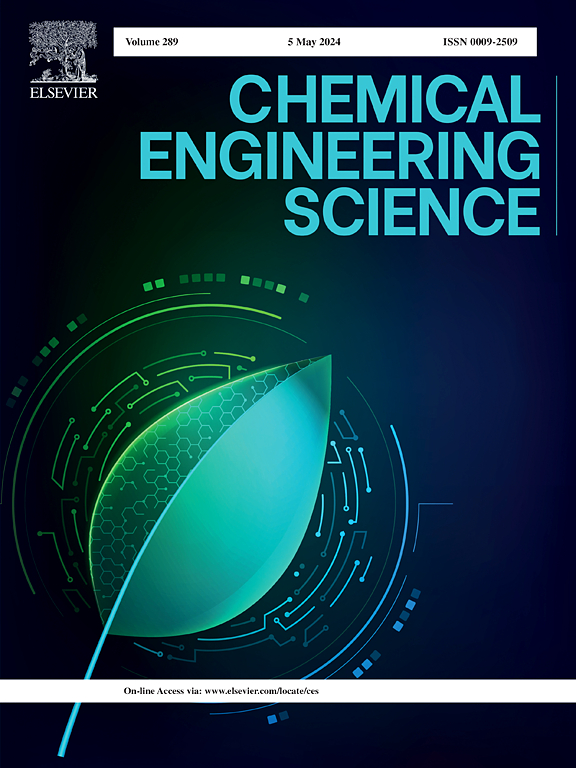Screening of transition metals for PFAS adsorption: A comparative DFT investigation
IF 4.1
2区 工程技术
Q2 ENGINEERING, CHEMICAL
引用次数: 0
Abstract
Transition metals are promising candidates for catalytic destruction of per- and polyfluoroalkyl substances (PFAS). This study employed density functional theory (DFT) calculations to systematically investigate the adsorption of PFAS, which is a critical step in the catalytic process, onto a group of transition metals, namely Cu, Pd, Pt, and Rh. The investigation considered the influence of different PFAS characteristics, including chain length, functional group (i.e., sulfonic vs. carboxylic), and protonation state (i.e., protonated, anionic, and deprotonated radical) on the adsorption mechanism. Overall, the findings indicated that the adsorption of PFAS on transition metals exhibited thermodynamically favorable energetics, with Rh showing the most favorable adsorption for PFAS. However, the adsorption strength was significantly dependent on the protonation state of PFAS. Cu was the highest electron donor, while Pt was the highest electron acceptor. Results were compared to experimental studies in the literature for qualitative validation.
求助全文
约1分钟内获得全文
求助全文
来源期刊

Chemical Engineering Science
工程技术-工程:化工
CiteScore
7.50
自引率
8.50%
发文量
1025
审稿时长
50 days
期刊介绍:
Chemical engineering enables the transformation of natural resources and energy into useful products for society. It draws on and applies natural sciences, mathematics and economics, and has developed fundamental engineering science that underpins the discipline.
Chemical Engineering Science (CES) has been publishing papers on the fundamentals of chemical engineering since 1951. CES is the platform where the most significant advances in the discipline have ever since been published. Chemical Engineering Science has accompanied and sustained chemical engineering through its development into the vibrant and broad scientific discipline it is today.
 求助内容:
求助内容: 应助结果提醒方式:
应助结果提醒方式:


